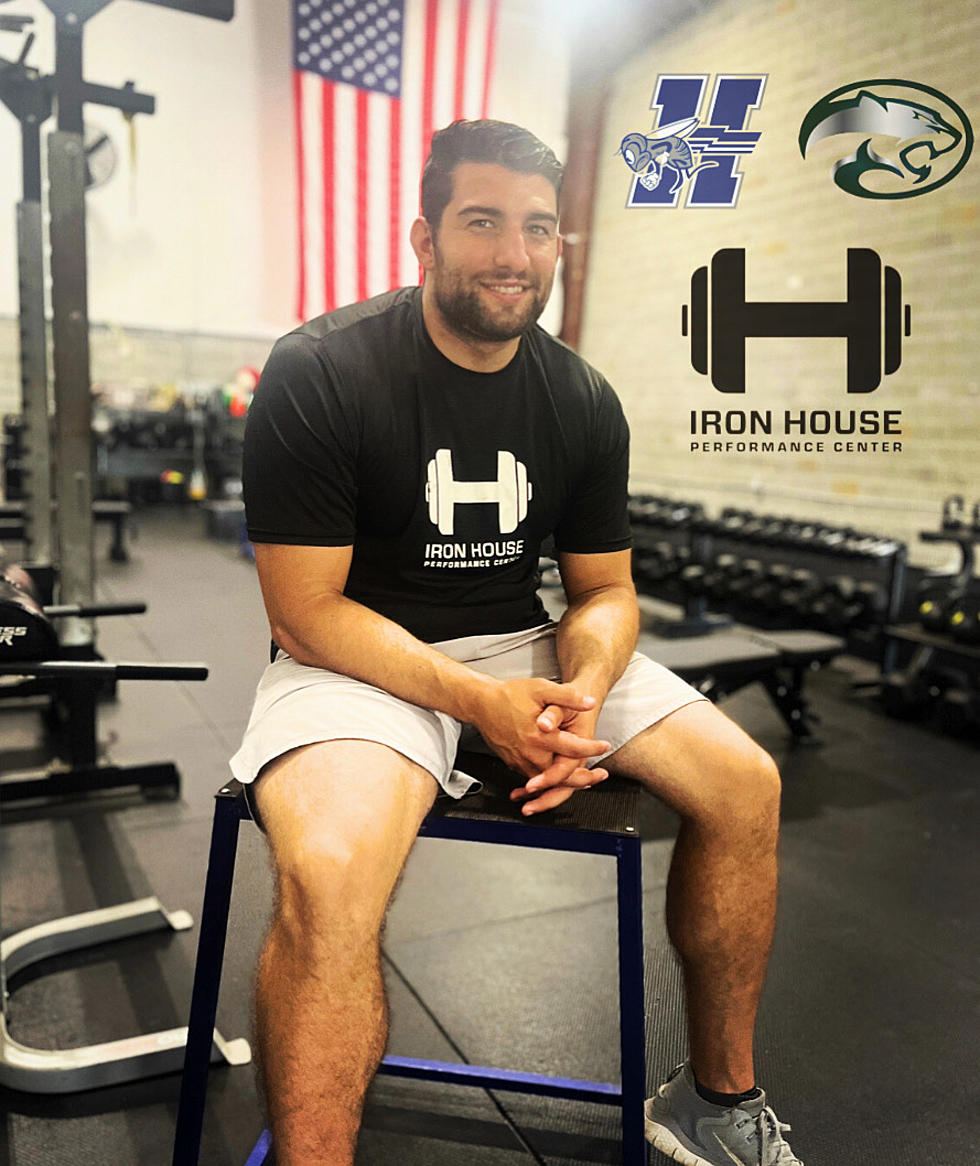
IronPress: How We Keep Our Youth Athletes Excited About Training
It is every parents dream to have their child be motivated to workout on their own. More often than not, we hear parents complaining about how lazy their child is and how they never want to exercise on their own or when told to do so. In these cases we usually hear parents trying to force their child to exercise against their will. What this usually results in is a miserable experience for the child. They don’t enjoy the exercise and even worse they start to create a negative association with physical activity. This makes it hard for them to make training and exercise a habit and part of their daily routine, which does not set them up for a successful athletic career. Consider how this might affect them when they get to high school athletics where training becomes a necessity. It’s better to implement strategies that will give young athletes a positive association with physical activity, exercise, and training. So how do we get our youth athletes excited about training and thrilled for every session!?
There are several aspects to our training sessions that get our athletes excited to come in to train. They include making fun, competitive goal oriented sessions. Every drill or exercise designed in our youth program has a specific goal in mind. Whether it be to develop speed, strength, agility, or spatial awareness we use variables such as time, repetition goals, and competition (with themselves or others) to keep our athletes engaged, giving max effort, and enjoying the process! An example can be as simple as a game such as figure 8 tag. In this game we give line 2 athletes up across from each other in a figure 8 set with cones. We give one athlete 8 seconds to tag the other. When the clock starts one athlete has to chase the other as he/she attempts to escape. To them this is just a fun competitive game, but in reality they are develop key athletic abilities. They have to be able to run in a curvilinear fashion which is key to almost every field and court sport, they must be able to cut and misdirect in reaction to their opponent. As coaches we can manipulate the space and time frames of the game to influence different aspects of curvilinear running as well as develop specific energy systems strategies. An example of an extensive plyometric activity we like to use is a low box out in. In this activity we give them a time limit and give them a goal number of contacts to hit within that time frame. The athletes will set up with their feet on a 2 inch block. We’ll set a 10 second clock and the athletes have to rapidly reposition their feet on and off the box. We tell them to aim for 20 contacts within that time frame, but when they’re competing against their classmates and teammates, they’ll do whatever they can do get as many reps as possible. When our young athletes leave our session, they are almost always covered in sweat with a smile on their face. They work hard, compete, and have fun while doing it, all while developing essential athletic abilities.
If this sounds like something that your young athlete or any of his friends would benefit from we’re starting a Youth Training Group starting November 7th. Check out the link below to sign up. Looking forward to helping develop your young athlete!
More From Shore Sports Network









